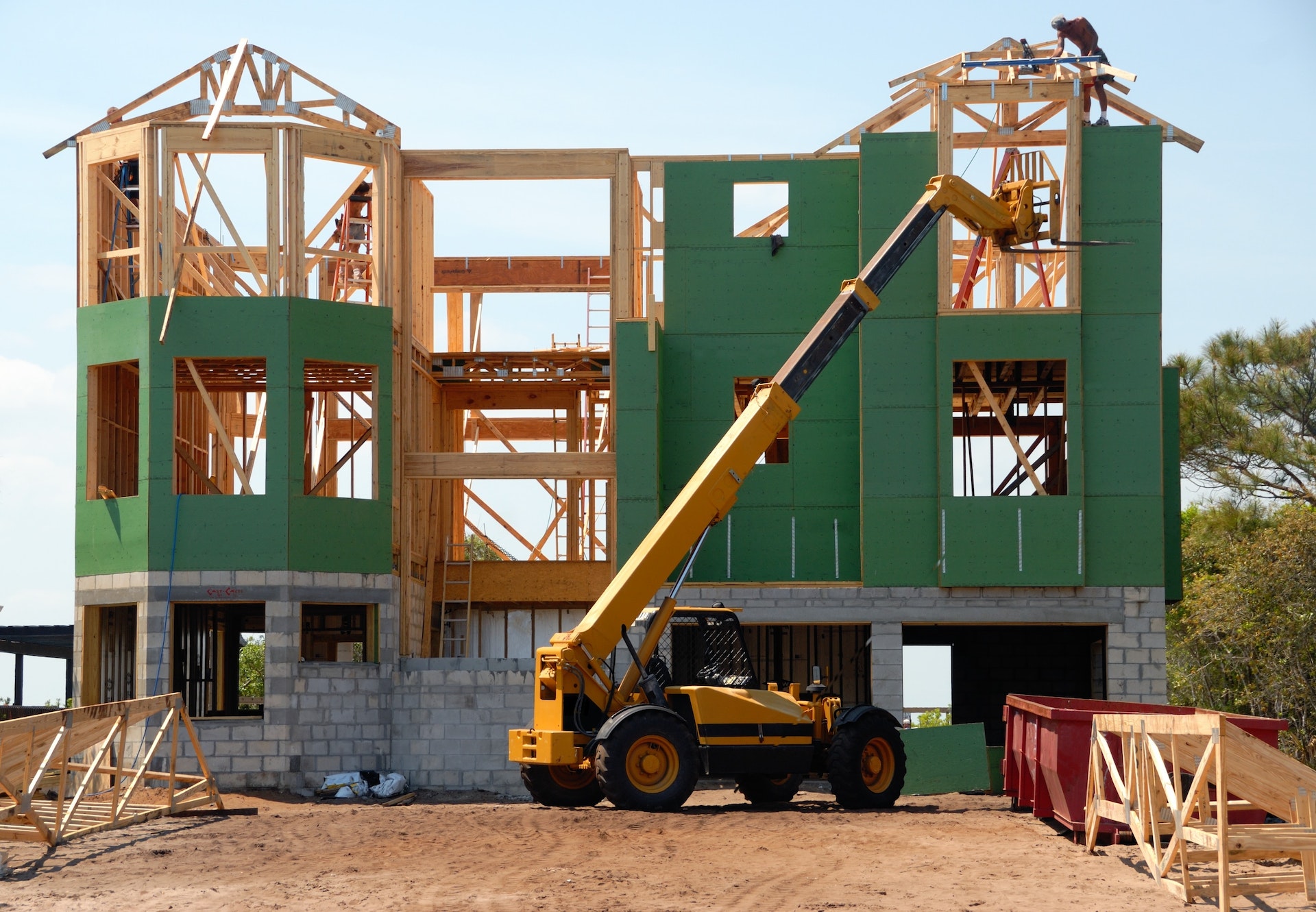

Question: What are the Effects of Selecting Poor Quality Material for Construction?
Answer: Choosing poor quality materials for construction can lead to structural issues, increased maintenance costs, reduced energy efficiency, decreased property value, and potential safety hazards, undermining the overall integrity and longevity of the building.
What are the Effects of Selecting Poor Quality Material for Construction? The Price of Choosing Lower Quality Materials
From the towering skyscrapers to the houses lining our neighborhoods, construction materials lay the foundation of our built environment. As builders and homeowners alike consider costs and timeline, the temptation to opt for cheaper materials can loom large. But what happens when we compromise on material quality? Let’s delve into the pitfalls.
Compromised Structural Integrity
At the heart of every construction project is the desire to create a stable and secure structure. Choosing subpar materials immediately puts this goal at risk.
Poor quality materials often lack the strength and durability required for construction. They can wear out quickly or even fail under pressure, jeopardizing the building’s stability. Imagine using brittle bricks or low-grade cement for a foundational wall; it’s a disaster waiting to happen.
Click here to find out the value of your home
Related Article: Why are Building Materials Important?
Related Article: What are Several Factors That Must be Considered When Selecting a Material?
Skyrocketing Maintenance Costs
While lower quality materials might seem like a budget-friendly choice upfront, they often lead to higher costs in the long run. How so?
Simply put, inferior materials degrade faster. This means you’ll be spending more time, effort, and money on repairs and replacements. For homeowners, frequent repairs can be a significant drain on finances and can lead to a never-ending cycle of maintenance. [ 1 ]
Energy Inefficiency Woes
Today, energy efficiency is more than a buzzword—it’s a necessity. And the materials you choose play a pivotal role in a building’s energy efficiency.
Poor insulation materials, for example, can lead to significant heat loss during Ontario’s cold winters. In contrast, low-quality windows might not provide the sealing required to keep the cold out and the warmth in. This not only makes for an uncomfortable living or working space but also spikes up energy bills.
Dampening Property Value
Property value isn’t just about location; the quality of the construction plays a huge part. Buildings made with inferior materials can easily be spotted, not just by expert eyes but by potential buyers as well.
Cracks in the walls, leaks in the roof, or a sagging floor can all be indicators of poor-quality materials. And in a competitive real estate market, these flaws can significantly decrease a property’s value and its appeal to prospective buyers.
Environmental Concerns
Our construction choices impact more than just our immediate surroundings; they have environmental consequences. Poor quality materials often come with a higher environmental cost.
For instance, materials that aren’t durable will need replacement more often, leading to more waste. Moreover, the production of substandard materials can sometimes be more resource-intensive, further straining our planet’s resources.
Health and Safety Risks
Last, but by no means least, is the issue of health and safety. Cutting corners with materials can lead to severe health risks.
Consider the infamous case of lead in paints or asbestos in ceiling tiles. Both were once common construction materials before we understood their severe health implications. But even beyond these obvious hazards, low-quality materials can lead to mold growth, poor air quality, or even structural failures, all posing direct threats to occupants’ well-being.
For more information please visit jenjewell.ca
In Conclusion: Quality Matters
While the initial allure of saving some cash by opting for cheaper materials is understandable, the long-term consequences far outweigh any short-term gains. From a compromised structure to increased costs, environmental concerns, and health risks, the effects of choosing poor quality materials are manifold and serious. Whether you’re building a family home or a commercial skyscraper, investing in quality materials isn’t just a choice; it’s a necessity.
References
1. https://ozinga.com/blog/4-problems-that-arise-with-poor-quality-materials/


